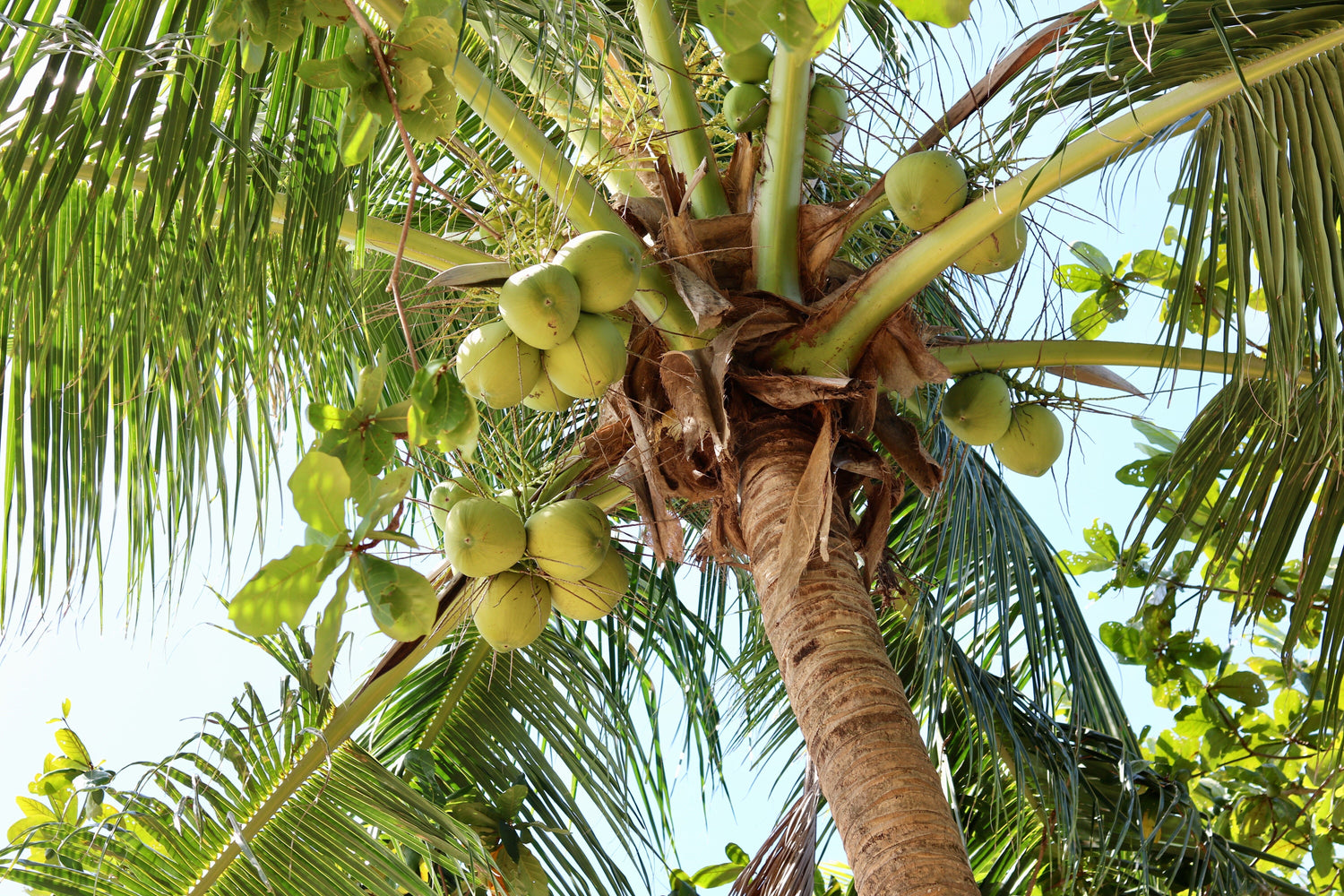The need for collecting seed materials from high yielding coconut palms is highly essential in a perennial crop like coconut.
The following points may be remembered.
Selection of Mother Palm from a Garden
- Gardens should have palms with a high proportion of heavy bearers but it should be kept in mind that this must not be from very favourable conditions. Garden should be free from the incidence of diseases and not prone to severe attacks of pests.
- Trees growing closer to households, cattle shed, compost pits and other favorable conditions should be avoided.
- Certain centres are well known for good quality seed nuts and seedlings, e.g, in Kerala, Kuttiadi in Kozhikode and Chavakkad in Thrissur districts.
Mother Palm selection
For production of quality planting materials it is essential to have good quality mother palms of the desired varieties. In the absence of commercially viable vegetative propagation techniques only seed propagation is possible. Therefore mother palm selection is a key factor in planting material production of coconut.
The important features of superior mother palms are

Ideal Mother Palm
- Regular bearer - A good regular bearing mother palm produces on an average one leaf and an inflorescence in its axil every month. So, there will be twelve bunches of varying stages of maturity at any one time with strong bunch stalks. Avoid trees producing habitually barren nuts.
- Straight stout trunk with even growth and closely spaced leaf scars.
Spherical or semi spherical crown, - High rate of leaf (more than 30 fully opened leaves) and spathe production (12 inflorescences)
- Short and stout petiole and wide leaf base firmly attached to the stem,
- Short and stout inflorescence stalk with bunches, preferably resting on the leaf petioles of the lower whorl and more number of female flowers (25 or more)
- The age of the palm chosen be middle age i.e., from 25 to 40 years. Even trees with 15 years age can be selected, if it is high yielding and has stabilized yield.(eg, Chowghat dwarf ) Avoid palms that are above 60 years.
- High yielding mother palms giving not less than 100 nuts/palm/annum under irrigated condition (70-80 nuts/annum under rainfed conditions) should be chosen for collecting seednuts
- Husked nuts should weigh not less than 600 g.
- Mean copra content of 150 g per nut or more
- Free from pest and diseases.
Avoid palms which
- Palms have long, thin and pendulous inflorescence stalks
- Palms produce long, narrow, small sized or barren nuts
- Palms showing alternate bearing tendency also should be avoided.
- Palms show shedding of immature nuts in large numbers and
- Palms are grown under favourable environmental conditions

Strategy for root wilt diseased tracts
In the root wilt disease prevalent tracts, in the midst of heavily diseased palms, high yielding disease free West Coast Tall (WCT), Chowghat green dwarf (CGD) and Chowghat Orange Dwarf (COD) palms are found. Such palms can be selected as mother palms and open pollinated nuts of those palms can be used for large scale planting material production. Seedlings produced from these palms are expected to be high yielding and disease free.
